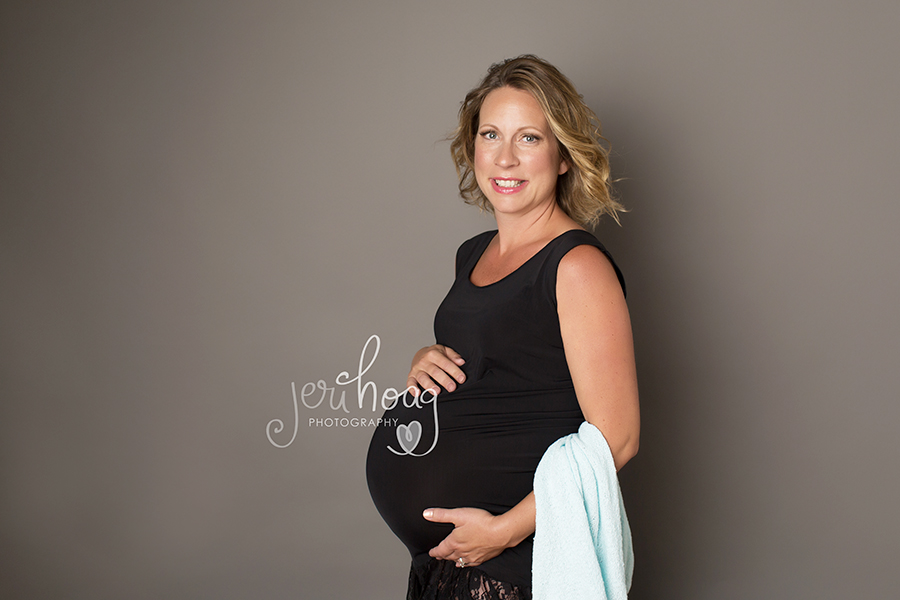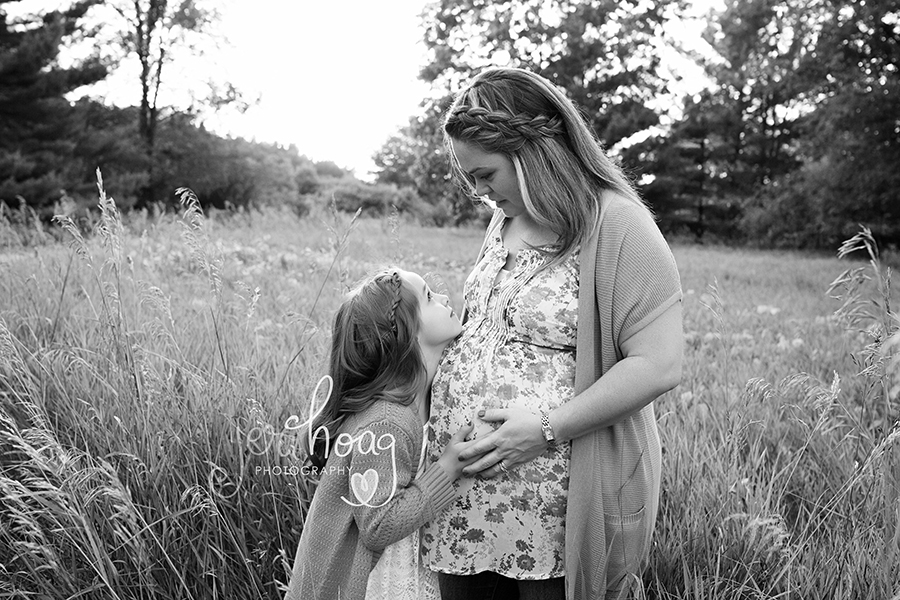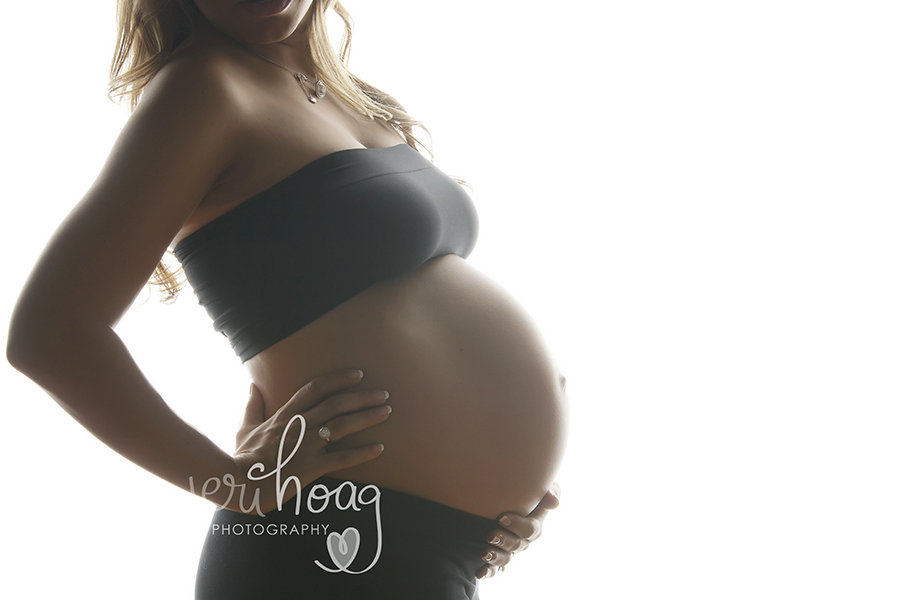What is it? When should I worry? What causes it? Can it be prevented?
Before we begin discussing preeclampsia it is important to note two things. The first is that the majority of the below information can be found at the “Preeclampsia Foundation” website and the Mayo Clinic’s website page on preeclampsia. The second item of importance is that the month of May marks Preeclampsia Awareness Month and today, May 22nd, is World Preeclampsia Awareness Day.
What is Preeclampsia?
Preeclampsia is a complication of pregnancy that causes high blood pressure. It can also cause damage to other organs, especially the liver and kidneys. Preeclampsia seems to develop in expectant women at or around twenty weeks of pregnancy, in women who have previously had no issues with their blood pressure. Occasionally, preeclampsia develops after delivery. This is called postpartum preeclampsia.
Preeclampsia can be life threatening to both mothers and babies. The only way to cure it is to deliver the baby. Until delivery, symptoms can only be managed and monitored. Even after a mother delivers her baby, recovery may take some time.
Symptoms
- Preeclampsia can occur without any symptoms.
- High blood pressure. Symptoms such as high blood pressure can set in quickly, or worsen gradually over time. This is why doctors monitor blood pressure throughout a woman’s pregnancy. According to the Mayo Clinic, a blood pressure that is higher than 140/90 on two separate occasions, at least four hours apart, may indicate an issue with blood pressure.
- High levels of protein in urine, or other signs of kidney distress
- Severe headaches
- Changes in vision such as loss of vision, blurred vision, or light sensitivity
- Pain in the upper abdomen, most often on the right side
- Nausea or vomiting
- Decrease in urination
- A decrease in blood platelets
- Impaired liver function
- Shortness of breath. This can indicate fluid build up in the lungs.
- Sudden weight gain or swelling.

When should I worry?
Many of the symptoms of preeclampsia occur regularly in pregnancy such as weight gain, swelling, headaches, nausea, and shortness of breath. Knowing when to consult a doctor can be tricky. That is why attending your regular pregnancy check-ups and exams is vital. However, if any of these symptoms seem to occur out of nowhere, it may be time to call your doctor. And as always, if you feel something is not right, it is best to call your doctor and discuss your symptoms and concerns.
What causes preeclampsia?
Many doctors feel that preeclampsia begins in the blood vessels of the placenta early on in pregnancy. The blood vessels in women with preeclampsia seem to be narrower than normal blood vessels, and react poorly or differently to hormone signals. This limits the amount of blood that can flow through the vessels. This may be caused by insufficient blood flow to the uterus, damaged blood vessels, issues with the immune system, or certain genes.
Preeclampsia develops only as a complication of pregnancy, but there are risk factors.
Risks include:
- A history of preeclampsia, be it personal or family history
- Chronic hypertension
- Your first pregnancy
- New paternity. Each pregnancy with a new partner increases the risk of preeclampsia more so than a second or third pregnancy with the same partner, according to the Mayo Clinic.
- A pregnancy in women over that age of 35
- Race. African-American women are at a greater risk of developing preeclampsia.
- Obesity
- A pregnancy with multiples
- Having babies less than two years apart, or more than ten years apart
- Having conditions such as chronic high blood pressure, migraines, type 1 or type 2 diabetes, kidney disease, a tendency to develop blood clots, or lupus
- In vitro fertilization
Preeclampsia can cause serious complications during pregnancy. The earlier it occurs during a pregnancy, the greater the risk of complications. Preeclampsia may require induced labor and delivery, or a scheduled cesarean. Sometimes scheduled vaginal deliveries are possible. Ultimately you and your doctor will decide what is best for your health and the health of your baby.
Complications of preeclampsia may include:
- Fetal growth restriction. Because preeclampsia affects the arteries carrying blood to the placenta, the placenta may not get enough blood. If your baby receives less blood, oxygen, and nutrients, he or she may be born preterm and/or with a low birth weight.
- Preterm birth. Severe preeclampsia may require an early delivery to save your life and the baby’s. Premature babies are more likely to have difficulty breathing on their own.
- Placental abruption. This is a condition in which the placenta separates from the inner wall of the uterus before delivery. Severe abruptions can cause heavy bleeding. This can be life-threatening for you and the baby.
- HELLP syndrome. HELLP syndrome is characterized by the the destruction of red blood cells, increased liver enzymes, and a low platelet count. HELLP is a more severe form of preeclampsia. Often times HELLP syndrome causes damage to several organ systems.
- Eclampsia. This is essentially preeclampsia and seizures.
- Other organ damage. Damage to the kidneys, liver, lungs, heart, or eyes, can occur in preeclampsia. Stroke or brain injury is also possible. The severity of damage to other organs depends on the severity of the preeclampsia.
- Cardiovascular disease. Preeclampsia may increase your risk of future heart and cardiovascular disease. The risk increases with every case of preeclampsia experienced.

Can it be prevented?
Interestingly enough, what one might do to manage high blood pressure – eating less salt, exorcising, or consuming healthy oils – has not showed a decreased risk of preeclampsia. Some studies have however, shown a link in vitamin D deficiency to an increased risk in preeclampsia. Although, other studies have failed to show a connection. It may be possible in certain cases to reduce the risk of preeclampsia.
Possible methods of reduction include:
- Taking a low dose of aspirin
- Taking calcium supplements
As always though, any supplements or medications taken during pregnancy should be discussed with your doctor. What may be right for one pregnancy, may be wrong for another.
In addition, before becoming pregnant, consider getting a check-up with your doctor or OB. Any underlying issues may be found and addressed. This can help to increase the chances of a healthy pregnancy, labor, and delivery. Once pregnant, take care of yourself. And if it any point a concern arises, preeclampsia related or otherwise, do not hesitate to call your doctor or seek medical attention.
Did you know?
Jeri, the owner and primary photographer of Jeri Hoag Photography is a preeclampsia and HELLP survivor. On July 21, 2010 Jeri delivered her beautiful angel baby after experiencing a placental abruption. Jeri’s passion for newborn photography is driven by her memory of her daughter Mallory, who will be celebrating her 10th birthday in Heaven this July.
You can also read about Heather, a client of Jeri’s, who is a preeclampsia survivor as well by clicking here.
JHP would also like to take a moment and address the COVID-19 crisis and preeclampsia. You may be wondering if having a history of preeclampsia puts you at a higher risk of complications should you catch COVID-19. Healthcare professionals say that if you do not have a history of high blood pressure when not pregnant, or have your blood pressure under control via medication, the risk of complications from coronavirus seem low to non-existant. Many patients who suffer greatly from COVID-19 have underlying heart disease, uncontrolled high blood pressure, or other underlying health issues. However, if your blood pressure remains out of control two or more months postpartum, you may be at an increased risk of complications from the coronavirus. You can read more about preeclampsia and coronavirus by visiting the Preeclampsia Foundation at their website.
To learn more about preeclampsia click here or here.

Jeri Hoag Photography now empowering and instilling confidence through intimate boudoir photography for the everyday modern woman in St. George, UT/ Hurricane, UT/Washington, UT/Leeds, UT/Ivins, UT/Santa Clara, UT/Dammeron Valley, UT/Veyo, UT/Shivwits, UT/Littlefield, AZ /Las Vegas, NV/Mesquite, NV.

